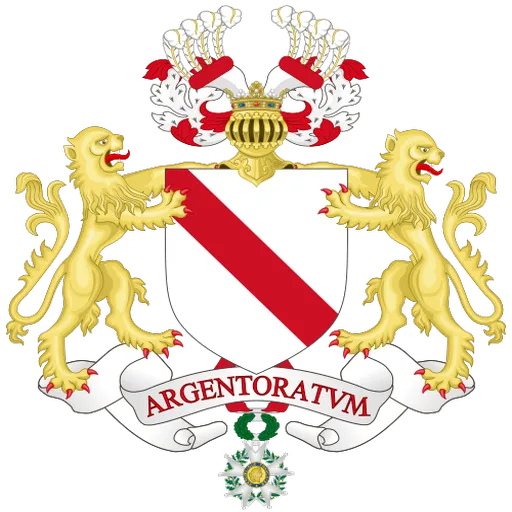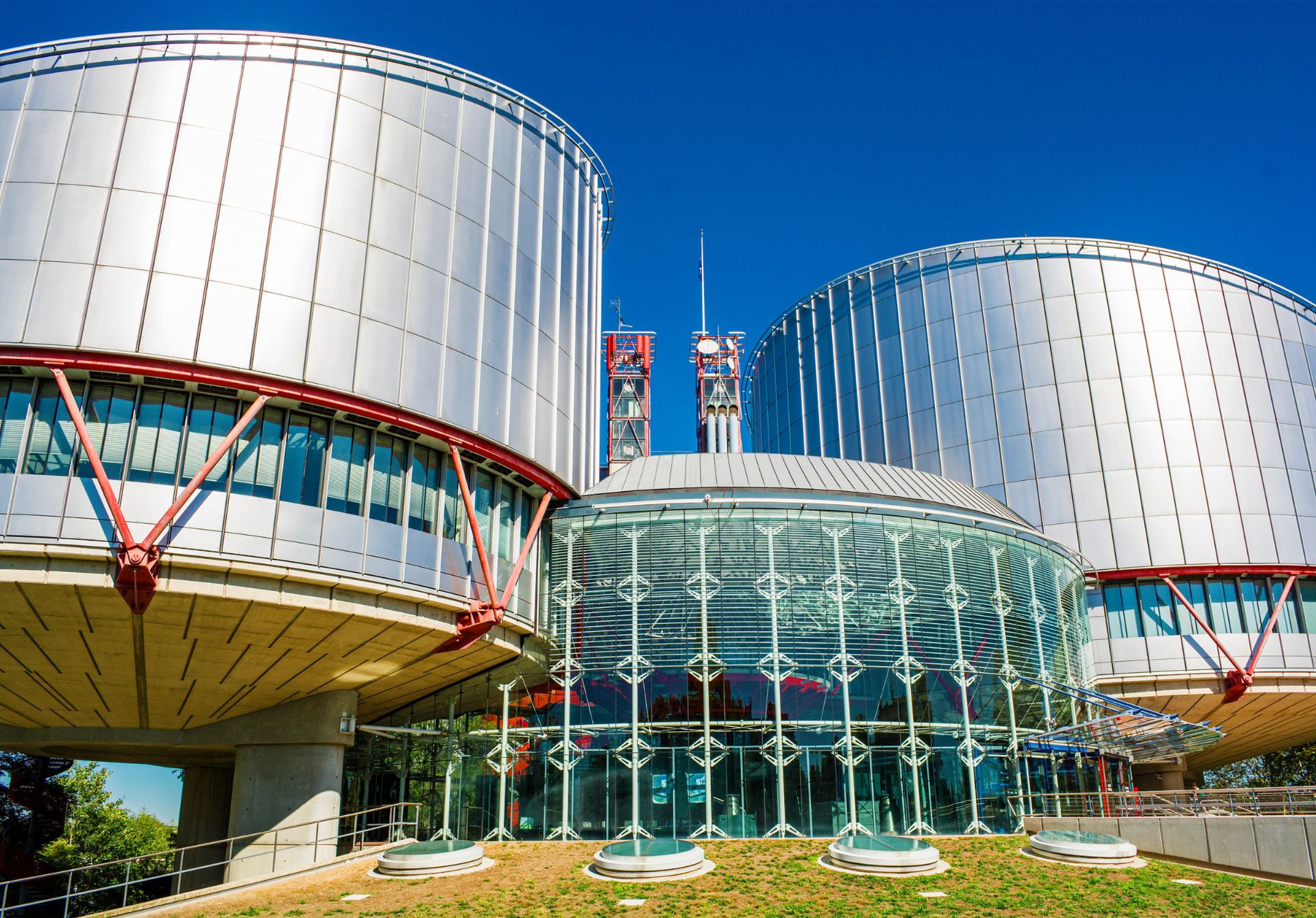When most travelers think of Strasbourg, they picture charming half-timbered houses, the stunning Gothic cathedral, or perhaps the European Parliament. But tucked away in this picturesque Alsatian city lies one of Europe’s most significant institutions – the European Court of Human Rights (ECtHR). Far from being just another government building, this court represents a fascinating destination that combines architectural beauty, historical importance, and the very essence of modern European values.
What Makes the European Court of Human Rights Special?
The European Court of Human Rights isn’t your typical tourist attraction, and that’s precisely what makes it so compelling. Established in 1959, this institution serves as the final arbiter of human rights disputes for over 700 million Europeans across 46 countries. Think of it as Europe’s ultimate guardian of individual freedoms – from freedom of speech to the right to a fair trial.
Located in the Human Rights Building on Allée des Droits de l’Homme, the court’s modern architecture creates a striking contrast with Strasbourg’s medieval charm. The building itself, inaugurated in 1998, was designed to symbolize transparency and accessibility – values that lie at the heart of human rights protection.
Impressive Numbers: Since its establishment, the court has delivered over 25,000 judgments and currently receives around 40,000 applications annually from individuals who believe their human rights have been violated.
Planning Your Visit: What Every Tourist Should Know
Visiting the European Court of Human Rights requires some advance planning, but the effort is absolutely worthwhile. The court offers guided tours that provide unique insights into how justice works at the highest European level.
- Booking Requirements: Tours must be booked at least two weeks in advance through the court’s official website
- Group Size: Tours accommodate groups of 15-50 people, making it perfect for organized tours or larger families
- Duration: Expect to spend about 90 minutes exploring the building and learning about its functions
- Languages: Tours are available in French, English, and German
- Cost: Completely free, reflecting the court’s commitment to public accessibility
The Tour Experience: Behind the Scenes of European Justice
Your journey through the court begins in the impressive main hall, where natural light floods through carefully designed windows, creating an atmosphere of openness and transparency. The tour guides, often court officials themselves, share fascinating stories about landmark cases that have shaped European society.
One of the highlights is visiting the actual courtroom where judges from across Europe deliberate on cases that can change lives and even entire legal systems. You’ll learn about famous cases like the Marckx v. Belgium judgment that revolutionized family law, or the Handyside v. UK case that defined the boundaries of freedom of expression.
Combining Your Court Visit with Strasbourg’s Other Attractions
The beauty of visiting the European Court of Human Rights lies in how perfectly it complements Strasbourg’s other attractions. The court is located in the European Quarter, just a short tram ride from the historic city center.
- Morning at the Court: Start your day with the court tour to avoid afternoon crowds
- Lunch in Petite France: Head to the historic quarter for lunch among the canals and medieval buildings
- Afternoon at the Cathedral: Explore Strasbourg Cathedral and its famous astronomical clock
- Evening Cruise: End your day with a boat tour through the city’s waterways
Why Concierge Services Recommend This Hidden Gem
Experienced concierges in Strasbourg increasingly recommend the European Court of Human Rights to discerning travelers seeking unique experiences. Unlike crowded tourist attractions, the court offers an intimate, educational experience that provides deep insights into contemporary European society.
The visit appeals particularly to professionals in law, politics, or international relations, but the tours are designed to be accessible to anyone with curiosity about how justice works in modern Europe. Many visitors report that the experience gives them a new appreciation for the freedoms they often take for granted.
Practical Tips for International Visitors
International visitors should be aware of a few practical considerations when planning their court visit:
- Security: Arrive 15 minutes early for security screening similar to airport procedures
- Photography: Limited photography is allowed in designated areas only
- Accessibility: The building is fully accessible for visitors with mobility challenges
- Transportation: Take Tram Line A or D to “Droits de l’Homme” station
- Nearby Parking: Limited street parking available, but public transport is recommended
The Educational Value: More Than Just Sightseeing
What sets the European Court of Human Rights apart from traditional tourist attractions is its profound educational value. Visitors leave with a deeper understanding of how individual rights are protected across Europe and how international justice systems function.
The court’s library, though not part of the standard tour, houses over 80,000 volumes related to human rights law. For academic visitors or those with professional interest, special arrangements can sometimes be made for extended visits.
Recent Impact: In 2023 alone, the court’s judgments led to changes in national laws across multiple European countries, demonstrating the real-world impact of the institution you’re visiting.
Conclusion: A Unique Window into European Values
The European Court of Human Rights offers something truly unique in the world of tourism – a chance to witness democracy and justice in action while exploring one of Europe’s most charming cities. This isn’t just about checking another landmark off your list; it’s about understanding the institutions that shape our modern world.
Whether you’re a legal professional, a history enthusiast, or simply someone who appreciates the finer aspects of European culture, the court provides an enriching experience that complements Strasbourg’s traditional attractions perfectly. The combination of architectural significance, historical importance, and ongoing relevance makes it a destination that educates as much as it inspires.
For travelers seeking meaningful experiences beyond typical sightseeing, the European Court of Human Rights represents the best of what modern European tourism can offer – depth, significance, and the opportunity to connect with the values that unite a continent. Book your visit well in advance, and prepare for an experience that will enrich your understanding of both Strasbourg and the broader European project.

